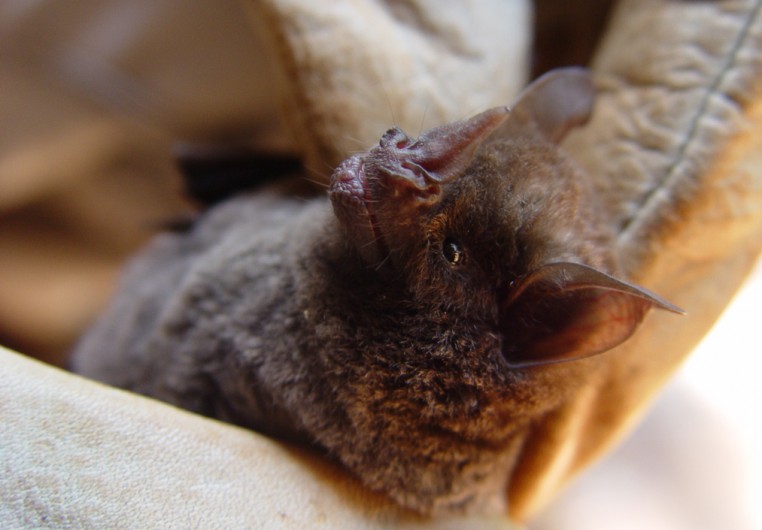Biodiversity
 Seba´s Short-Tailed Bat
Carollia perspicillata | Linnaeus, 1758
Seba´s Short-Tailed Bat
Carollia perspicillata | Linnaeus, 1758

Characteristics: These are small bats, weighing 15g, and have the distinction of a nasal appendage, known as nasal pit. The nostrils are surrounded by a fleshy fold, with a skin structure resembling a horseshoe. The snout and tongue are long. The tip of the jaw has a "V"-shaped groove on it.
Distribution: It occurs in tropical and subtropical regions of the Americas. From Mexico to Bolivia and Southeastern Brazil, South and Central America. It is found in areas of the central Brazilian savanna, in the states of Bahia, Minas Gerais, Goiás, Piauí, Maranhão, and northern São Paulo, to the north of the Tietê Piracicaba rivers.
Habitat: The rain forest, savanna, "caatinga" scrublands, and sandbanks. They often seek shelter in caves, mines, tunnels, culverts, foliage, hollow trees, and man-made constructions.
Habits: Always seen in groups. Their main activity, i.e., removing parasites from each other's fur, is an affective way of bonding with the group.
Diet: They feed on small invertebrates, arthropods, ants, termites, fruit, flowers, nectar, and tree sap and resins. Jerivá, moriche palm fruit, magnolia fruit. It is an important spreader of seeds.
Breeding: These animals usually reproduce twice a year, but with greater intensity during the rainy season. They generally have only one offspring per pregnancy. They have two complete gestations during the year, in which only a dominant female can procreate, while the remaining ones are physiologically inhibited from this. After 150 days of gestation, two pups are born and breastfed for 6 months. They reach sexual maturity after a year and a half.
In the UFRA area: In the surveys conducted in the fields of São Francisco Sugarmill's farms, this species of bat was limited to native forests and restored native forests, and the frequency of observation was low. It was seen only twice and can be considered as rare in the farm areas.





